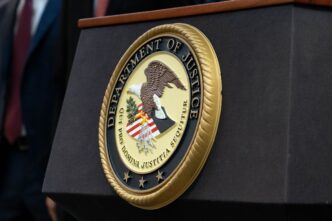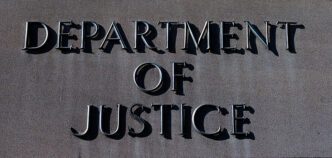Amid increasing concerns over a prolonged drought expected to persist through mid-May, Central Florida is facing a heightened risk of fast-spreading wildfires. This situation is exacerbated by the presence of downed trees from last year’s hurricanes, providing ample fuel for potential fires. The combination of insufficient rainfall, high temperatures, and breezy conditions has prompted several counties, including Seminole, Orange, and Volusia, to impose burn bans. These restrictions prohibit the lighting of outdoor fires such as bonfires, campfires, and yard debris burning. Lake County had already implemented such measures.
The U.S. Department of Agriculture’s Drought Monitor indicates that much of Central Florida is currently experiencing moderate drought conditions, affecting areas such as Seminole, most of Orange, and southern Lake counties. Northern Lake and mid-Volusia counties are facing severe drought conditions. In South Florida, counties like Collier, Glades, Hendry, and Palm Beach are experiencing “extreme drought” conditions, a situation not seen since 2011.
With forecasts indicating minimal rainfall until early June, when afternoon thunderstorms are expected to return, conditions in Central Florida could worsen. A single heavy downpour may not sufficiently alleviate the drought, as noted by meteorologists. The Keetch-Byram Drought Index, which measures soil dryness, has prompted automatic burn bans in counties where the index surpasses 500. As of Thursday, Lake County recorded the highest dryness level at 559, followed by Volusia at 525, Orange at 505, and Seminole at 504. Osceola County, with a measure of 433, has yet to implement a burn ban.
Currently, there are 86 active wildfires across Florida, affecting 3,092 acres, including two in Osceola and four in Lake. In response, Central Florida fire departments are strategically deploying heavy equipment and personnel to heavily wooded areas or locations with significant flammable debris. In Seminole County, preparations include positioning large trucks capable of navigating dense brush and assigning additional firefighters.
Orange County’s fire crews are engaged in ongoing management efforts, closely monitoring weather conditions. Despite the burn bans, residents can still use charcoal, gas, and electric grills outdoors, provided they are not near wooded areas. However, extra caution is advised, including ensuring used charcoal is thoroughly doused with water and stored in metal containers, as well as avoiding parking vehicles on grass to prevent unintentional fires.
The Orlando area has experienced significantly below-average rainfall, with only 0.37 inches recorded in April, and approximately 5 inches total for the year, compared to the normal 10.07 inches. The dry conditions are attributed to La Niña, which has led to rainfall deficits in the Southeastern United States during the winter and early spring. Fortunately, La Niña is subsiding, signaling a potential shift to more neutral conditions, though it may take time for rainfall patterns to adjust.
Reflecting on past events, the severe drought conditions of the 1998 La Niña season led to widespread wildfires and significant disruptions across Florida. Prevention remains crucial to mitigating current risks, with fire officials urging residents to clear debris near their homes and maintain their lawns to prevent ignition and rapid flame spread.






